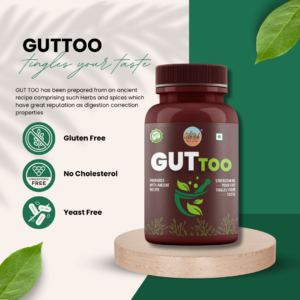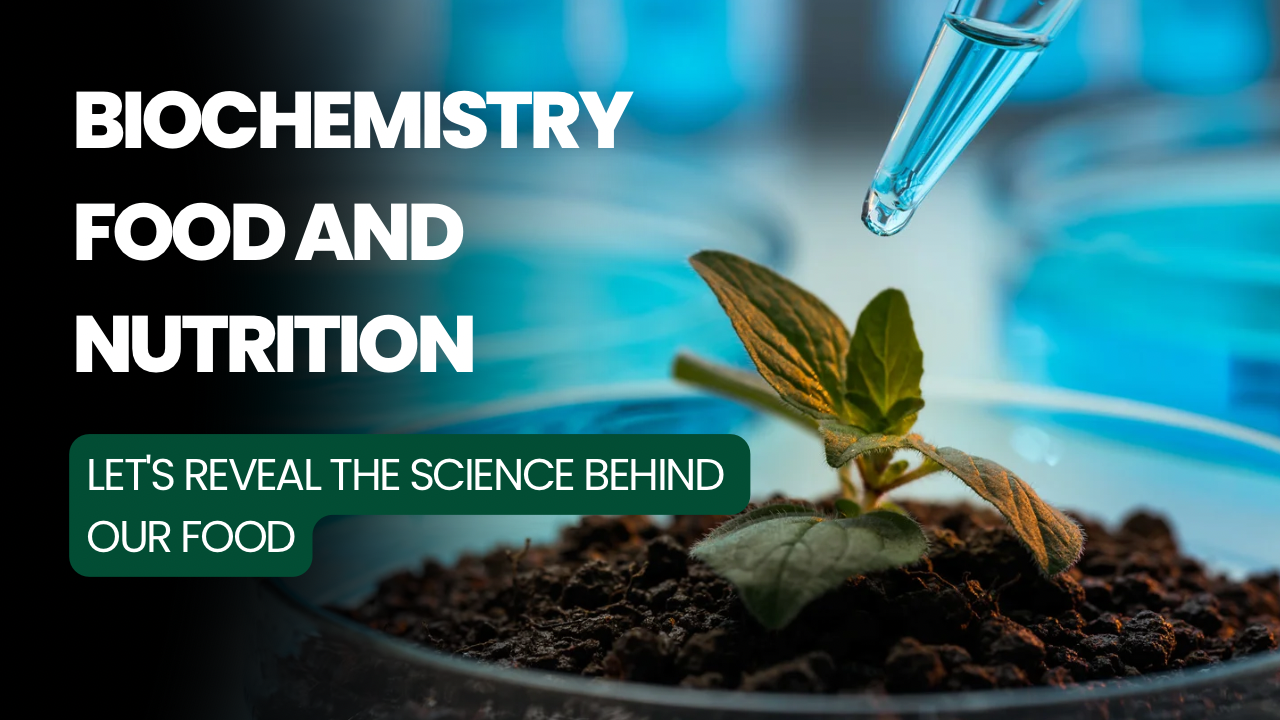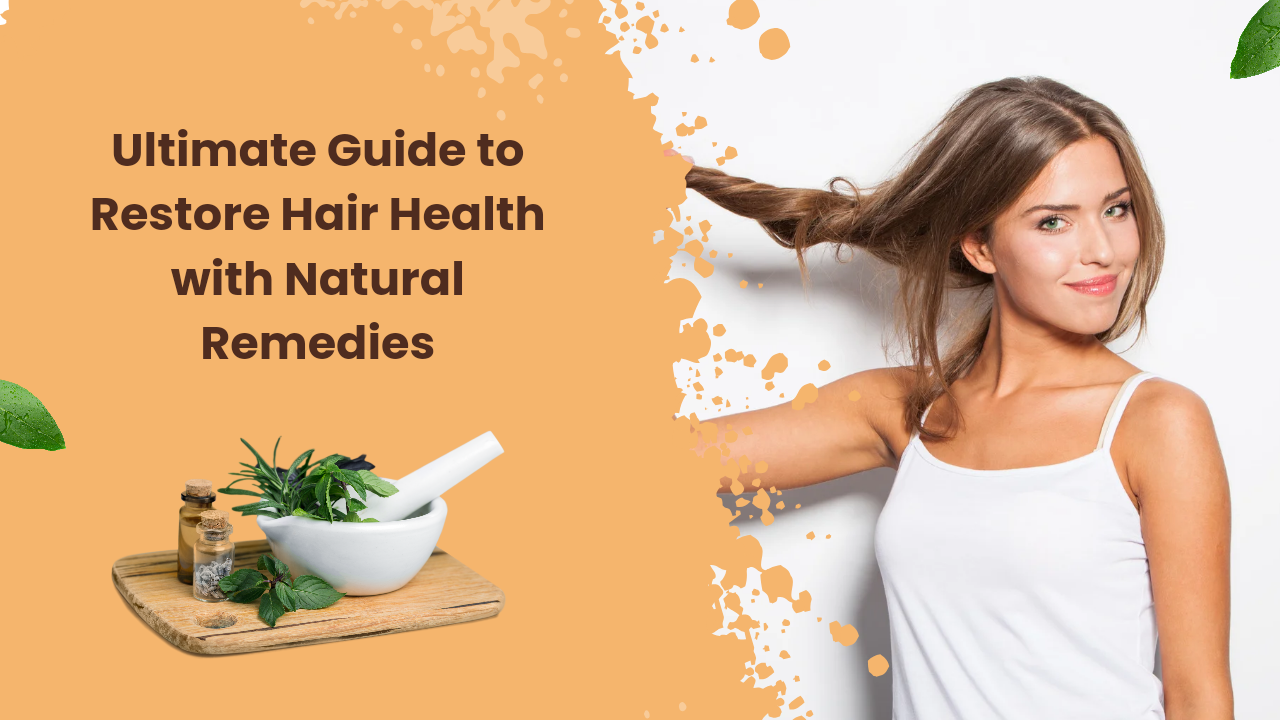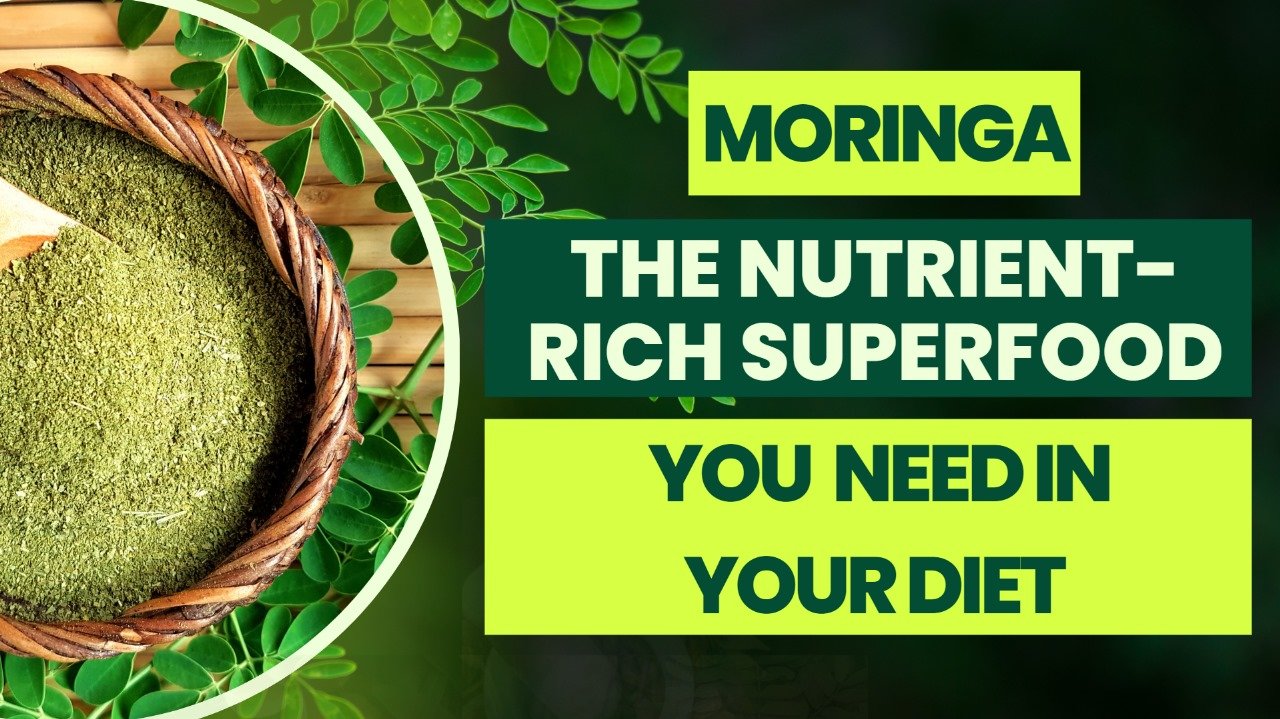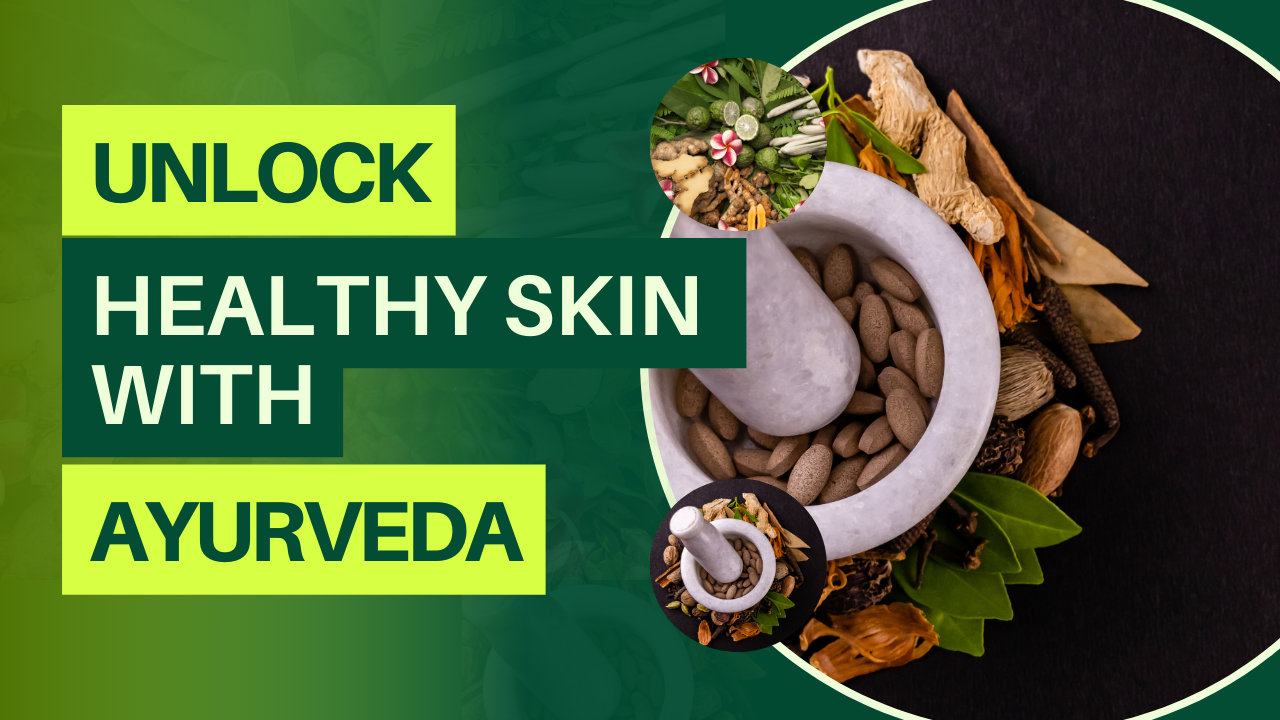The best discounts this week
Every week you can find the best discounts here.
Guttoo – Strengthen You Gut
Reinsta Pro
Month: September 2024
Biochemistry food and nutrition: let’s reveal the science behind our food
Food if taken wisely maintains, nourishes & keeps our body and brain healthy and fit, Our body’s sustenance is not possible without nutritional food as it helps to resuscitate the depleted tissues of our vital organs. A nutrient is a food ingredient which nourishes our body & is classified in two segments i.e. Macro & Micro nutrient. Macro nutrients are those which we need in large quantities like carbohydrate, protein, fat, fiber, water etc. while micro nutrients are required in small quantities e.g. phosphorous, magnesium, potassium, iron & vitamins etc. Both kinds of nutrients are required by our body as source of energy, building blocks of the body, protection of the body and proper functioning of our various vital organs and systems. INTRODUCTION OF PROTEIN Protein is made of oxygen, carbon, nitrogen & hydrogen. The 22 kinds of Amino acids are basic blocks of protein out of which some can be made in body & are considered as non-essential amino acids as body does not demand it from external source of food, but remaining types of amino acids are not built in the body so we have to take them through our food and they are known as essential amino acids. The 22 amino acids are alanine, arginine, asparagines, aspartic acid, cysteine, glutamic acid, glutamine, glycine, histidine, isolucine, leucine, lysine, methionine, phenylalanine, proline, serine, theronine, tryptophan,tyrosine, valine, selenocysteine & pyrrolysine. There are two sources of protein plant & animal, human race consumes them according to availability, geography, culture, religion, belief system and ethnicity. WHAT IS FAT Fat is a composition of hydrogen, oxygen & carbon. Glycerol & fatty acids are its main constituents and it is categorized as saturated, unsaturated & Trans fat. Saturated fat has many hydrogen atoms, in unsaturated fats some hydrogen atoms are missing though it has capacity to hold more hydrogen atoms. Trans fat is a unsaturated fat that is found in small quantity in pork, beef, butter & milk. In making vanaspati ghee, vegetable oil is processed through hydrogenation; it makes the oil more solid & is called hydrogenated fat. When there are 03 fatty acids & a molecule of glycerol, it is TRYGLYCERIDE. Linolenic & Linoleic acids cannot be synthesized in the body hence should be taken with the food and are known as “ESSENTIAL FATTY ACIDS”. Fat is carrier of fat soluble vitamins e.g. vitamin A, D, E, K & acts as an insulator that maintains body temperature. Though it is a main constituent of membranes of all our body cells, humans do not need big amount of fat (unless they are engaged in some vigorous physical work) else it gets deposited in adipose tissue. CARBOHYDRATE IS NECESSARY Carbohydrate is essential for energy & digestion and it consists fiber, starch & sugar. According to studies 40 to 45 % of total daily calories comes from carbohydrates, hence one requires approximately 325 grams of carbohydrates in daily diet. Carbohydrate is of two kinds simple & complex. Simple Carbohydrate are easy to digest and quick to absorb. There are some healthy sources of simple carbohydrate like milk & fruits and unhealthy sources like white sugar, refined flour, and junk foods. Simple carbohydrates give instant energy. When one is exhausted, drained simple crabs may be given to them for instant energy. Complex carbohydrates contain longer chain of sugar molecules & take more time than simple carbohydrates to get digested and to be absorbed in the body. On the basis of absorption, carbohydrate may be classified into two categories (i) Available (ii) Non Available. Sugar & Starch are those carbohydrates which can be digested and absorbed in our body hence these are available carbohydrates. Some carbs are not digested by our body at all as its inter-monosaccharide binding is different, consisting Beta-glucose, though it is highly beneficial for our body but it is not available to our body to digest, absorb & use, hence they are called non available carbohydrates. ROLE OF FIBER Fiber is a part of the cellular walls of food & it is of two kinds Insoluble & Soluble. Insoluble fiber acts like a sponge and absorbs water making us feel fuller for a longer period of time and soluble fiber mingles with water and digestive enzymes and creates a gel, the gel prevent and reduce the body’s absorption of substances that may be harmful. Fiber is very important part of healthy, balanced diet. It is cellulose of plant food that our body cannot digest or absorb, it is also known as roughage or bulk. Fibers are very good for reducing weight, but its intake should be increased gradually else problems of bloating & stomach cramps may occur. WATER IS LIFE Water is an inorganic macronutrient, any substance can dissolve in it hence it is called universal solvent. Water is the medium of sweat, urine, faeces, digestive juices, blood & saliva. Water enables the body to release heat when atmospheric heat is higher than the body temperature. We begin to sweat and the evaporation of water from the skin surface cools our body. It is a major component of every cell of our body. Lack of water leads to dehydration which disturbs mental alertness, concentration and physical performance hence we should drink water in regular intervals to improve cognitive functions. Water is medium to dissolve Vitamin B & C. VITAMINS ARE MICRONUTRIENTS There are 13 vitamins in total, out of these 8 are from the B-group, they are needed in small amount for proper regulation of metabolic process which gives energy from carbohydrates, protein & fat and also helps us to fight infection, healing of wounds, proper secretion of hormones, and formation of strong bones. Since most of the vitamins cannot be synthesized by our body hence they can be obtained from plants and animals. Some of the vitamins (e.g. A,D,E,K) are fat soluble so the body can store them, remaining are water soluble hence they cannot be stored and flush out of the body easily hence we have to consume them regularly.
Ultimate Guide to Restore Hair Health with Natural Remedies
It is very much necessary to understand the whole science behind hair health and the causes behind its degeneration. It is well established fact that an average person has around 1,00,000 hair over the scalp & loses up to 100 hair on an average per day. This loss is normal if the pattern remains consistent. However, compromised hair health can result from illness, emotional stress, certain medications (like antidepressants, beta blockers, chemotherapy), thyroid disorders, hormonal imbalances, autoimmune conditions, genetic disorders, and deficiencies in iron, zinc, protein, biotin, niacin, fatty acids, selenium, and vitamin D. Hair Follicle Growth Cycle A hair follicle is a tube-like skin pore that encloses the shaft and root of the hair & each hair follicle undergoes repeatedly a growth cycle comprising 03 phases that are Anagen, Catagen & Telogen. During anagen the hair within the follicle grows about one centimeter per month. The hair follicle then enters second phase of catagen during which the hair detaches itself from blood supply & during the final stage of telogen the follicle sheds the hair and in healthy person it takes four months to re grow a new hair follicle. If there is any condition enumerated above, the period of inactive hair follicle may become longer and it gradually leads to baldness. Hair Follicle has power to regenerate itself with the help of stem cells but if stress persists and cortisol level increases, growth of hair follicle gets hampered. Modern Remedies and Therapies Modern remedies for hair health include: Essential oils can also help, but they should be diluted with carrier oils like coconut oil or jojoba oil. Recommended essential oils include: Some natural components are considered great for hair growth viz. onion juice stimulates hair follicles, caffeine promotes cell proliferation & hair growth, ginseng promotes hair wellness, and capsaicin is a component of red chili peppers which is good for hair wellness. Various practices which are detrimental to hair health like excess shampooing, bleach, relaxers & hair dyes, use of high heat blow dryers, straightening & curling irons should be avoided. Traditional Hair Care Practices Traditional hair care methods include: Apply these packs to the head for 30 minutes and rinse thoroughly. DANDRUFF & AYURVEDA: Dandruff may be simple dandruff or it can be a type of dermatitis (dry eczema), thin mica like scaling is seen on the scalp on scratching.Varios medicated Lepan have been recommended for Dandruff problems, These medicated pastes should be applied to scalp and left for 20 minutes, then it should be washed thoroughly either with lukewarm water or with alkaline water prepared from 5 types of grasses viz. dermostachiya, bipinnata, saccharu, mofficinalum, buckwheat, arundo donax. Medicated pastes formulations can be prepared in any of the following ways:- (1) Milk with paste of mango fruit seed & Harad(Terminalia Chebula)(2) Paste prepared with Kerria Lakka, Cassia Tora, Aanwala.(3) Emulsion prepared with sandalwood oil with lemon juice.(4) a little quantity of honey and rock salt added with powdered form of buchanania lanza, Glycyrrhiza Glabra, Saussurea lappa, phaseolus mungo.(5) Nymphea Stellata, Messua Ferrea, glycyrrhiza glabra, sesammum indicum in equal quantity and equal to all the herbs Gooseberry powder should be added.(6) Oil prepared with paste of Gunja Phala & juice of bhringaraja.(7) Oil prepared with eclipta alba, hemidesmus indicus, triphala, iron powder, saussurea lappa.(8) Oil prepared from jasmine grandiflorum, nerium odorum, plumbago zeylanica, pongamia glabra Patches of Hair Loss or Partial Alopecia:- it is a condition in which hair loss occurs over certain areas of scalp. In case of patchy hair loss due to Vaataj dosha- the patch of hair loss becomes dry and whitish, Ayurved recommends that such patch should be washed with decoction prepared from ocimum sanctum, Dried Ginger, juice of Citrus medica & old jaggery. In case of patchy hair loss due to Pitt dosha- The patch of hair loss becomes reddish with burning sensation. A decoction prepared with gooseberry & mulethi(Yashtimadu) in which some milk, butter & Rocksugar (mishree) is added should be prepared and this patch of hair loss should be washed with it at regular intervals.A paste prepared from Sesamum Indicum, Juice of Eclipta Alba, Juice of Zingibera Officinale & Sauvirak Rasa is also recommended to be applied over scalp for 30 minutes and then should be washed with lukewarm water.Another paste is prepared for lepan with Trichosantus Dioica leaves, Azdirakta Indica, gooseberry, ghrit & rock sugar. In case of patchy hair loss due to Kafaj dosha- a decoction is prepared with Triphala, Acorus Calamus, Tecomella undulate & Jaggery and If itching problem is much dominant then decoction should be prepared with Anogeissus Latifolia, Terminalia Arjuna, Neolamarckia cadamba, Albezzia lebbeck, Teccomella undulata and should be used for washing the patch of hair loss regularly. Besides above washing decoctions some other combinations have been recommended for partial alopecia: • Flowers of Barleria Prionites (Vajradanti) & Hibiscus rosasinensis (Gudhal) is rubbed over the hair loss patch regularly, it will help in regrowing of hair.• Juice of the leaves of Trichosanthus dioica (Tikt Patola) is rubbed over the hairless patch over the scalp.• Oil prepared from Myristica Fragrans, Crataeva Nurvala, Pongamia Glabra, Nerium Odorum should be used for head massage.• Oil Prepared from Jasminum Grandiflorum, Nerium Odorum, Pongamia Glabra should be rubbed over patch of hairloss.• Paste prepared by the use of Smicarpus Anacardium, Solanum Indicum fruit, Abrus Precatorious & honey applied over affected scalp then washed after 30 minutes.• Hair Pack prepared with leaves of Datura metel, piper longum, curcuma longa, seeds of Holarrhena Antidysentrica, Saussurea lappa to be applied over head and leave it for 20 minutes & wash it with lukewarm water. TOTAL ALOPECIA (SEVERE LOSS OF HAIR): Regular use of massage oil prepared in base oil of TILA (sesame Oil) with the composition of, Gloriosa superb, eclipta alba, aconitum ferox, abrus precatorious, citrullus colocynthis, barassica compestries, Acorus calamus & Latex of euphorbia nerifolia & of calotropis procera. FOR INCREASING THE VOLUME OF HAIR: FOR EARLY GREYING OF HAIR:
Moringa: The Nutrient-Rich Superfood You Need In Your Diet
In India, Moringa is known as “Sahjan,” and botanists refer to it as Moringa Oleifera. It is also known by other names like drumsticks, horseradish, benzolive, kelor, mlonge, mulangay, and ben oil tree. Originally from southern India, this plant has spread to regions such as the Himalayas, Arabia, and Africa. Moringa can grow up to 30 feet tall. Its flowers, pods, and leaves are consumed for various purposes, especially in relation to heart conditions, ulcers, and other chronic conditions. Because of these benefits, it is also called “Jeevan Daayi Vriksh.” The seeds of the plant are used to purify water by settling particles of silt and clay. In the western world, Moringa leaves in powdered form are commonly used as a health supplement and for skincare purposes. Nutritional Value of Moringa Moringa contains over 90 natural nutrients, making it a valuable plant. The leaves are a rich source of various vitamins, including B1, B2, B3, B6, B7, C, D, E, and K, other important nutrients found in Moringa include Beta-Carotene, iron, potassium, calcium, copper, magnesium, manganese, and zinc. These components make Moringa a good source of natural antioxidants and phytonutrients, which help rejuvenate the body at a cellular level. In Southeast Asian countries, Moringa has traditionally been used as a cardio tonic. Additionally, it may help protect the liver from damage caused by anti-tubercular medication. Antioxidants and Health Benefits Oxidative Stress leads to various diseases like Malignancy, Hyper glycimia, Myocardial infarction, COPD, Alzheimer, Parkinson, Amyotrophic Lateral Sclerosis, Rheumatoid Arthritis and Stroke etc. and the cause of oxidative stress is accumulation of high amount of antioxidants & free radicals in ours cells. Moringa is full of Antioxidants & Phenolic Compounds e.g. Kaempferol, Apigenin, Quercetin, Luteolin, Myricetin, Chlorogenic Acid, Phenolcarboxylic acids, Ferulic Acid, Gallic Acid, Vanilic Acid, Ellagic Acid, Lignans like Secoisolariciresinol, Isolariciresinol, Medioresinol, Epipinoresinol Glycosides etc. which promote immune health, prevent chronic disease, fight inflammation & have potent antifungal properties. Recognized by NGOs and Experts Organizations like Trees for Life and the Educational Concerns for Hunger Organizations have described Moringa as “Natural Nutrition for the Tropics.” They emphasize that Moringa leaves contain more Vitamin A than carrots, more calcium than milk, more iron than spinach, more Vitamin C than oranges, and more potassium than bananas. The protein quality of Moringa leaves is also superior to that of milk and eggs. Lowell J. Fuglie, in his book “The Miracle Tree: Moringa Oleifera, Natural Nutrition for the Tropics” highlighted how Moringa can help eradicate malnutrition, calling it the “miracle tree of hope.” Dr. C. Gopalan, President of the Nutrition Foundation of India, also emphasized the importance of green leafy vegetables and fruits in supplying essential micronutrients like beta-carotene (Vitamin A), Vitamin C, folic acid, calcium, and potassium. Moringa leaves, in particular, are a rich and inexpensive source of these micronutrients. Church World Service has highlighted that one glassful of fresh Moringa leaves can provide the daily Vitamin A requirement for up to ten people. Adding two raw Moringa leaves to a child’s daily food intake or mixing 2-3 teaspoons of dried Moringa leaf powder into food can be highly beneficial, especially in high-risk areas. Dr. Frank L. Martin, in his work “Survival and Subsistence in the Tropics,” noted that Moringa stands out among leafy vegetables for its high vitamin and mineral content. Moringa leaves are an excellent source of protein, while being low in fat and carbohydrates. Versatility of Moringa Moringa is a versatile plant where almost every part is edible. The leaves can be eaten raw, cooked like spinach, or turned into a powder that can be added to soups or sauces. The young pods can be eaten whole. Older pods can be used for their seeds, which can be prepared like peas or roasted like peanuts. The flowers, which bloom about eight months after the tree is planted, can be fried and taste similar to mushrooms. In Hawaii, the flowers are used to make tea for curing colds. The flowers also provide nectar year-round and can support beekeepers. The ben oil, rich in oleic acid (73%), can be used for cooking, lubrication, and in products like soaps and perfumes. In ancient times, ben oil was highly valued by the Greeks, Romans, and Egyptians for use in perfumes and skin protection. In the 19th century, the oil was also used in Europe for similar purposes. Conclusion Moringa is an incredibly nutritious and versatile plant. Its leaves, pods, flowers, and seeds offer a wide range of benefits, from nutrition to skincare. The rich nutritional content of Moringa makes it a valuable resource for addressing deficiencies and combating malnutrition. Given its impressive health benefits and versatility, Moringa is an important addition to the daily diet.
Unlock Healthy Skin With AYURVEDA
According to human physiology skin is a sensory organ which is a protective layer comprising hair, nail & sweat glands which protect body from various damage. Quality of your skin tells about your health status, healthy digestive system & balanced humors i.e. Vaat, Pitt & Kapha contribute to glowing, lustrous and Radiant skin & hair. Observing balanced life style like healthy food habits, regular practice of Yoga & Pranayam and adopting various types of relaxing techniques and avoiding stress, intoxication, pollution may bless you with great health & beauty. Cleansing, nourishing & protecting are three pillars of skin care & our traditional method of ayurveda offers cosmetic therapy by using various herbs, flowers, oils, minerals, honey, milk etc. Cause Of Skin Disorder: Stress: Stress causes varied emotions and releases stress hormones, triggers autoimmune system that impairs digestion. Studies show that 30% of all skin problems the patients have underlying psychological problems. During development of fetus brain and skin are made of same cells hence when a person handle stress in life the skin gets compromised. Lack Of Sleep: Causes Dark Circles, Early Ageing, Reduced Immunity hence getting sufficient sleep protects our mental & physical health and improves quality of life. During sleep the skin repairs itself that is why there remains freshness in the skin after waking up. Climatic Changes: Excessive Exposure to Sun- Scorching sunlight damages skin, it causes tanning, destroys skin moisture & smoothness, softness and radiance. Ultraviolet Radiation {A} damages the skin in the presence of sensitizers, UV{B} damages through sun burns & UV{C} damages at mountain places. High Humidity- causes Prickly Heat or sweat rash due to blocked sweat glands and ducts. Tropical Acne, Skin Rash, Blisters over the skin. Cold Season- reduces naturally occurring oil “SEBUM” which acts as a protective layer and traps moisture within skin resulting dryness, cracking & flaking of skin. Pollution- Industrial Pollution, Dust, Smoke, excessive use of chemical synthetics may cause eczema, pigmentation, eruptions, itching, allergic problems & also fungal infections. Ayurveda deals with all physical ailments including skin related problems in its own method: Aahar & Vihar are two factors by which any health challenge may be addressed properly- Healing Through Appropriate Intake Of Food (Aahar): Incompatible Food Intake ( Virudh Aahar): The food which is antagonist or not compatible to body tissues are considered as virudh Aahar. Some examples of virudh aahar may be explained as: Habitat Incompatible– like consuming spicy, hot food substance by inhabitants of dry land or eating oily or cold food by marshy land people. Time Incompatible– example may be having hot & pungent food in summer & cold food in winters. Digestion Power Incompatible– means intake of heavy food when digestion power is mild or intake of light food when digestion power is sharp. Quantity Incompatible– using clarified butter & honey in equal quantity. Habit Incompatible– Intake of sweet & cold food by a person who is habituated to hot & spicy food. Bodily Humors Incompatible– When constituent tri-doshas Vaat, Pitt, Kaf are not in harmony and a person intakes such food which aggravates this imbalance of tri-doshas. Processing Incompatibility– like heating of honey. Potency Incompatible– like consuming fish of hot potency with milk of cold potency. Incompatible with digestion system status– like administering strong purgative to a person having weak bowel system. Incompatible with state of health– like intake of vaata dosh enhancing food after any kind of exhaustion. Order Incompatible– means taking food when there is no hunger or not having food when there is severe hunger. Contradiction Incompatibility– like consuming cold water after consuming oily, fatty food. Prescription Incompatible– like not taking hot water after consuming oily or fatty food. Cooking Incompatibility– like preparing food in unhealthy cooking oil or food is over cooked or under cooked. Combination Incompatibility– like use of salt with milk, intake of milk with water melon or musk melon. Palatability Incompatibility– Food which is not pleasant to consume. Food Quality Incompatibility– food item which is stale, rotten, over matured etc. Rules Incompatibility– like too much chattering while having food, not washing hands before meals etc. If such virudh aahar is consumed frequently it will lead to development of various disorders including skin disorders caused by primary disturbance of common biochemical mechanism or may be secondary to general metabolic alterations. Healing Through following appropriate way of living (VIHAR) :- It means and includes various factors like- avoiding excessive exposure to sun especially after heavy meals, avoiding excessive exposure to breeze, excessive exertion, excessive exercise, day sleep, bathing with cold water or consuming cold water immediately after being exposed to sunlight or being exposed to fear or after physical exertion, suppression of natural urge like urination, faeces, vomiting, undergoing wrong methods of Panchakarma Chikitsa etc. Do’s and Don’ts for Healthy Skin:- Skin specially face is a billboard of the state of your mind and body if you are healthy from within you will have radiant face and lustrous skin. The beauty of skin will be retained only on its regular and compulsive care. Fundamental rules for getting healthy skin are as follows:- Avoiding Causative Factors:- One has to be refrain from aetiological factors causing skin ailments. It includes each and every factor affecting skin health e.g. food, allergy causing factors, stress, medication etc. Daily Healthy Routine:- like practicing yoga, praanayam, Dhyana, balanced food intake, Good Sleep, Oil massage, herbal powder massage, various herbal face packs, instillation of herbal oils through nose, gargling oil/decoction in mouth etc. will help in getting healthy skin. Leading moral life:- A person with happy, satisfied, relaxed and forgiving nature will enjoy healthy body, mind and good skin tone. Feeling like anger, jealous, worry, ego etc. destroys the complexion and tone of skin. Seasonal Regimen:- Following food intake and behavioral code of conduct according to o6 seasons as mentioned in ayurved classics is a mandate for getting great health. Seasonal regimen also includes purificatory (Panch Karma therapies), Palliative therapies followed by rejuvenation therapies based upon particular season. It will enhance

